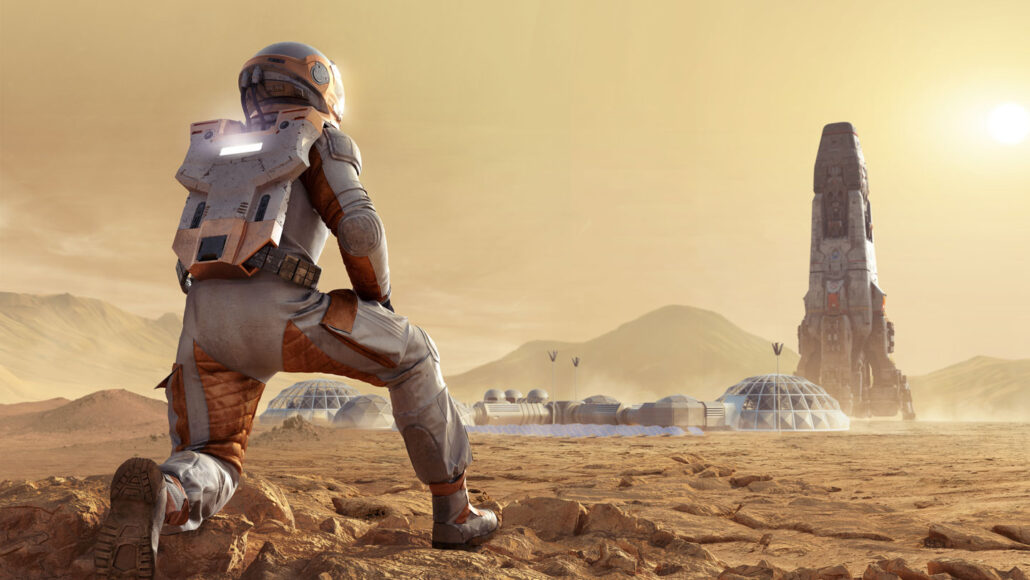Mars is our next home planet, Scientist are searching for the possibilities of life on Mars. In this blog, We are going to Mars, So why we late? Put on your own space suit and take a seat in Awais Mughal's Space craft. Because today I am taking you on an exiting journey to Mars.
Mars is the fourth planet from the Sun and the second-smallest planet in the Solar System, after Mercury. It is often referred as the "Red Planet" due to its reddish appearance. Mars is a terrestrial planet with a thin atmosphere, having surface features reminiscent both of the impact craters of the Moon and the valleys, deserts, and polar ice caps of Earth.
The Journey to Mars
The journey to Mars is a long and arduous one. It takes approximately six to nine months to travel from Earth to Mars, depending on the trajectory taken. The journey is broken up into three phases: launch, cruise, and entry, descent, and landing.
Launch: The first phase of the journey is the launch. This is when the spacecraft is launched from Earth and begins its journey to Mars. The spacecraft must be launched from Earth at the right time and with the right trajectory in order to reach Mars.
Cruise: The second phase of the journey is the cruise. This is when the spacecraft is traveling through space towards Mars. During this phase, the spacecraft is powered by its onboard propulsion system and is able to make course corrections as needed.
Entry, Descent, and Landing: The third phase of the journey is the entry, descent, and landing. This is when the spacecraft enters the Martian atmosphere and begins its descent to the surface. During this phase, the spacecraft must slow down from its high speed and deploy its landing gear in order to safely land on the surface of Mars.
Exploring Mars
Once the spacecraft has landed on the surface of Mars, the exploration can begin. The first step is to deploy the rover, which is a robotic vehicle that can explore the surface of Mars. The rover is equipped with cameras, sensors, and other instruments that can be used to explore the surface of Mars.
The rover can explore the surface of Mars and collect data about the planet. This data can be used to learn more about the geology, climate, and atmosphere of Mars. The rover can also be used to search for evidence of past or present life on Mars.
Conclusion
The journey to Mars is a long and arduous one, but it is also an exciting one. It is a journey that will take us to a new world and allow us to explore and learn more about the Red Planet. So why late? Put on your own space suit and take a seat in Awais Mughal's space craft. Because today I am taking you on an exciting journey to Mars.

